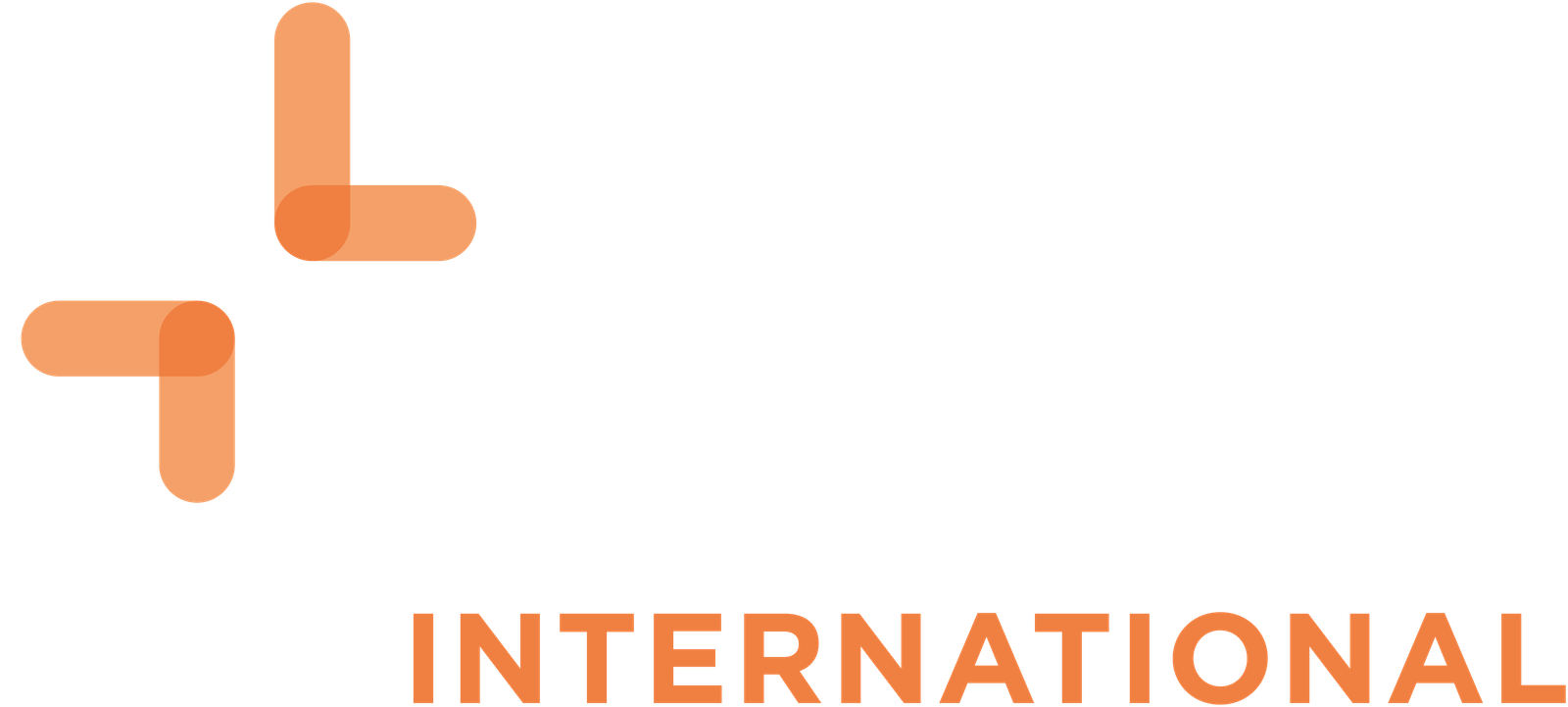Conditions & Diseases
Cerebral Palsy
What is Cerebral Palsy?
Cerebral Palsy (CP) is a group of neurological disorders that affect a person’s ability to control their muscle movements. It is the most common motor disability in childhood and is caused by damage or abnormalities in the developing brain, typically occurring before or during birth. CP can vary widely in its severity and how it affects individuals, but it primarily impacts motor skills, muscle tone, and coordination. While there is no cure for CP, various therapies and treatments can help manage its symptoms and improve the quality of life for those affected.
Have you been diagnosed with Cerebral Palsy?
Get started with Healwise to receive free and professional healthcare assistance from start to finish.
Submit your information today and get treatment & hospital recommendations fast, with no obligation to commit.
Symptoms
The symptoms of Cerebral Palsy can manifest differently in each individual, depending on the type and severity of the condition. Some common symptoms and signs include:
-
Muscle Spasticity: Many individuals with CP experience muscle stiffness or spasticity, which can make movements challenging. Spastic CP is the most prevalent subtype.
-
Abnormal Muscle Tone: Muscle tone can be either too tight (hypertonia) or too loose (hypotonia), leading to difficulties in maintaining proper posture and balance.
-
Impaired Coordination: Children with CP may have difficulty coordinating movements, which can affect tasks like walking, reaching, and grasping objects.
-
Delayed Milestones: Children with CP may achieve developmental milestones like crawling, sitting, and walking later than their peers.
-
Speech and Communication Issues: Some individuals with CP may have difficulty with speech and communication due to muscle control problems in the face and throat.
-
Fine Motor Skill Challenges: Activities requiring precise hand and finger movements, such as writing or buttoning clothes, can be challenging for those with CP.
-
Joint and Bone Problems: Over time, muscle imbalances and altered movement patterns can lead to joint contractures and orthopedic issues.
Diagnosis
Diagnosing Cerebral Palsy typically involves a combination of medical history, physical exams, and neurological assessments. The process may include:
-
Developmental Milestone Evaluation: Doctors will assess a child’s developmental progress and compare it to typical milestones.
-
Neurological Examination: This involves evaluating muscle tone, reflexes, posture, and coordination.
-
Imaging Tests: Brain imaging, such as MRI or CT scans, may be conducted to identify brain abnormalities or lesions.
-
Electroencephalogram (EEG): In some cases, an EEG is used to detect abnormal brain activity, especially if seizures are a concern.
-
Genetic Testing: In rare cases, genetic tests may be performed to rule out specific genetic conditions that can mimic CP symptoms.
It’s important to note that diagnosing CP often takes time, as the condition may become more apparent as a child grows and develops.
Treatment
Treatment for Cerebral Palsy aims to manage symptoms, enhance mobility, and improve the individual’s quality of life. While there is no cure, a multidisciplinary approach can significantly benefit those with CP. Treatment options may include:
-
Physical Therapy: Physical therapy helps improve muscle strength, flexibility, and mobility. It can also address issues like muscle spasticity and joint contractures.
-
Occupational Therapy: Occupational therapists work on enhancing fine motor skills and daily living activities such as dressing, feeding, and writing.
-
Speech and Language Therapy: For those with speech and communication challenges, speech therapy can help improve verbal and non-verbal communication skills.
-
Medications: Medications, such as muscle relaxants or botulinum toxin injections, may be prescribed to manage muscle spasticity and discomfort.
-
Orthopedic Interventions: In severe cases, orthopedic surgeries like tendon lengthening or joint release may be necessary to improve joint function and reduce pain.
-
Assistive Devices: Mobility aids like wheelchairs, braces, or communication devices can enhance independence and quality of life.
-
Education and Behavioral Support: Specialized education and support programs can help children with CP reach their academic and social potential.
-
Family Support: Families of children with CP may benefit from counseling and support groups to address the emotional and practical challenges they may face.
Cerebral Palsy is a lifelong condition, but early intervention and ongoing therapies can make a substantial difference in the lives of those affected. The treatment plan is tailored to the individual’s specific needs and can evolve as they grow and develop. With appropriate care and support, many individuals with CP can lead fulfilling lives and achieve their goals.
Healwise provides solutions for individuals facing health challenges like Cerebral Palsy, including Selective Dorsal Rhizotomy (SDR). SDR is a surgical procedure aimed at reducing muscle spasticity and improving motor function in individuals with cerebral palsy.
Find Free & Quick Help with Healwise

Discover top doctors who can treat Cerebral Palsy.
Healwise gives you top neurosurgery expert recommendations in nearby countries, and supports you from start to finish. All at no extra cost to you.

